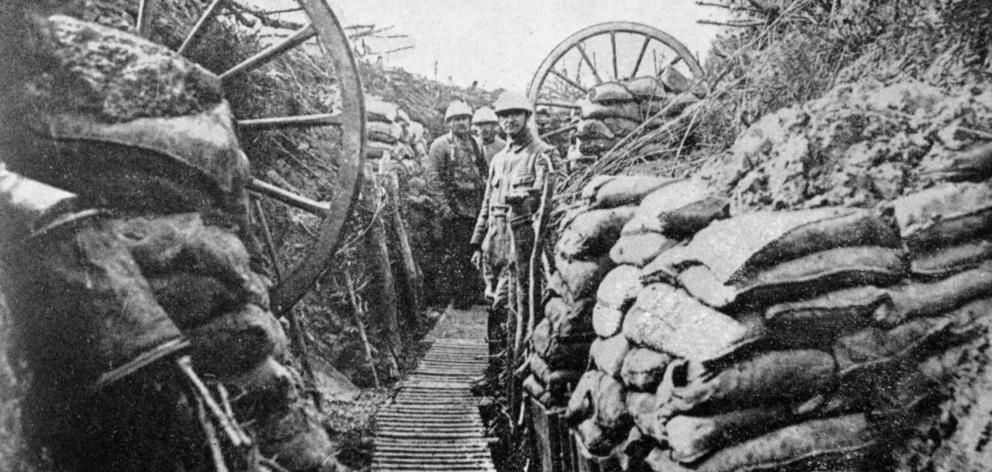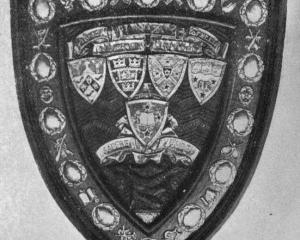
Only their long-prepared subterranean galleries enable the Germans to live through the hail of high explosives and shrapnel that is being poured upon their lines.
The terrific nature of the bombardment by both the British and French has raised a wailing whine from a German newspaper, which, wilfully oblivious that the work of the Allied artillery is simply an improvement on the German tactics at Verdun and against the Russians in 1915, characterises the work of the Allies as butchery.
The frequency of explosions is a sign that the last line of the German defence is being approached by the Allied infantry, and that the rear of the German lines is within range of the heavy artillery of the Allies.
There can be little doubt that the position of the German forces on the Somme is becoming highly dangerous.
That is shown by the presence of the Prussian Guard opposite the British on the front from Thiepval to Guillemont, and is still farther evidenced by the announcement that great German reinforcements are being concentrated on the sectors round Combles.
• One often hears of the men in the trenches in France being allowed furlough, and visiting London, but this evidently does not apply to gunners, who have to be specially trained for the work they have to do.
The work of the big guns is all-important, and every gun at the front is kept at high pressure in battering down wire entanglements, smashing up or smashing down entrenchments, or forming barrages of fire to prevent the enemy bringing up supports.
A gunner, who has relatives in Oamaru, and who has been through the whole of the campaign from Egypt to Gallipoli, and from Gallipoli to France, has never had a day off, and yet has never received a scratch.
In writing to his relatives he says the would welcome a wound that would give him respite from the dreariness of his enforced attention to his gun, which has been barking away at the enemy ever since he began to assist in pointing it at the Turk or German.
• The Hon. G. W. Russell (Minister of Public Health) explained yesterday to a representative of the Daily Times the arrangements which have been made for five bursaries to medical students at the Otago University, each tenable for the last year of a student’s course.
Mr Russell said; "The shortage of doctors throughout the dominion, and especially in the back blocks, has greatly impressed me during the time I have been in office as Minister of Public Health. It, therefore, appeared to me most desirable that every encouragement possible should be given to young men to adopt the medical profession as a career, and also that the Medical School at Dunedin, which is the only training school for doctors in the dominion, should have every recognition it was possible the Government could provide.
"Some months ago I got into touch with the University Council of Otago, and asked if it would suggest to me any direction in which I would be able to assist the school. As a result, a carefully prepared report was forwarded to me by the council, the work of the Dean (Dr Lindo Ferguson) and the Faculty — which received my earnest consideration. The scheme will be brought into force immediately, provided the Hospital and Charitable Aid Board agrees to the proposals." — ODT, 11.9.1916.
• COPIES OF PICTURE AVAILABLE FROM ODT FRONT OFFICE, LOWER STUART ST, OR WWW.OTAGOIMAGES.CO.NZ












